
Top Bitcoin Ordinal NFT Collection in 2024 - Token Metrics Moon Awards

Welcome to the Token Metrics Moon Awards, a prestigious accolade in the cryptocurrency industry, honoring platforms, projects, and initiatives that have significantly impacted the industry.
Today, we are thrilled to introduce a new category of Moon Awards - the Top Bitcoin Ordinal NFT Collection.
Selection Process
Token Metrics places immense value on its audience, considering them the cornerstone of its operations. Our approach, deeply rooted in community engagement, ensures that our awards' outcomes genuinely reflect crypto enthusiasts' sentiments and experiences.
Elevating Community Insights
The Moon Awards by Token Metrics serve to amplify the community's voice, providing a clear and focused evaluation of the entities driving progress in the sector.
By engaging with our community members and leveraging user voting, we have meticulously curated a detailed list of the top Bitcoin Ordinal NFT Collections for 2024, drawing from a wealth of survey data and user votes.
What Are Bitcoin Ordinals?
Bitcoin Ordinals, a term that has quickly become a buzzword in the crypto community, refers to a novel approach to creating Non-Fungible Tokens (NFTs) directly on the Bitcoin blockchain.
This innovation leverages the smallest unit of Bitcoin, the satoshi. It endows it with a unique identity by attaching data such as images and videos, effectively turning each satoshi into a distinct digital collectible. Here's how they work:
The introduction of Bitcoin Ordinals on January 20, 2023, by developer Casey Rodarmor, has marked a significant innovation within the Bitcoin ecosystem, offering the ability to inscribe individual satoshis with unique data, thereby transforming them into non-fungible tokens (NFTs).
This groundbreaking development not only diversifies the utility of Bitcoin beyond its traditional role as a digital currency but also introduces a new dimension of digital asset creation and ownership.
By leveraging the inherent security and decentralization of the Bitcoin network, Ordinals enable each satoshi to carry distinct data such as images, videos, or text, making them uniquely identifiable and non-interchangeable.
This effectively positions Bitcoin as a potential contender in the NFT marketplace, challenging the dominance of platforms like Ethereum.
The traceability and accessibility of these NFTs on Bitcoin's blockchain enhance transparency and lower entry barriers, heralding a new era of creativity and innovation in digital art and collectibles.
The emergence of Bitcoin Ordinals underscores the untapped potential of the Bitcoin blockchain for hosting a wide array of digital assets, signifying a cultural and technological shift in the crypto space.
How Do Bitcoin Ordinals Work?
Bitcoin Ordinals, also referred to as Ordinal Inscriptions, are revolutionizing the concept of digital asset ownership on the Bitcoin blockchain. Here's a closer look at how these unique identifiers operate:
- Unique Identifiers for Satoshis:
- Each satoshi, when inscribed with data, receives a unique ordinal number.
- This number acts as a digital fingerprint, distinguishing one satoshi from another and enabling the creation of ordinals NFT.
- As a result, individual satoshis become non-fungible, meaning they cannot be exchanged on a one-to-one basis due to their unique properties.
- Enabled by Bitcoin Protocol Updates:
- The Segregated Witness (SegWit) update, introduced in 2017, plays a crucial role by separating transaction signatures from the rest of the transaction data, thereby increasing block capacity.
- Following SegWit, the Taproot upgrade in 2021 further enhanced Bitcoin's scripting capabilities and privacy, paving the way for more complex transactions.
- These updates collectively allow for the inclusion of additional data within Bitcoin transactions, which is essential for the functioning of Bitcoin Ordinals.
- The Process of Inscription:
- A user selects a satoshi and inscribes it with data such as an image or text.
- The data is then embedded into a Bitcoin transaction and recorded on the blockchain.
- The inscribed satoshi, now a unique digital asset, can be owned, bought, sold, and transferred, much like traditional NFTs on other blockchains.
By leveraging the robustness of the Bitcoin network, Bitcoin Ordinals offers a new dimension of digital asset ownership, where the security and decentralization of Bitcoin meet the creativity and uniqueness of NFTs.
As the Bitcoin Ordinals ecosystem grows, it could potentially attract a new wave of users and collectors eager to explore the myriad possibilities of this innovative blend of technology and artistry.
List of Top Bitcoin Ordinal NFT Collections
Here are some of the top Bitcoin Ordinal NFT collections that are making significant waves in 2024:

$ORDI BRC-20 NFTs
In the Moon Awards survey, $ORDI BRC-20 NFTs secured the top position with 43.2% of the total votes.
In the innovative realm of Bitcoin Ordinals, the introduction of $ORDI BRC-20 tokens is reshaping the landscape of digital assets on the Bitcoin blockchain.
These fungible tokens are a testament to the versatility of the Ordinals protocol, which assigns sequential numbers to satoshis without compromising the inherent fungibility of Bitcoin.
Here's a closer look at the burgeoning world of $ORDI BRC-20 NFTs:
With a market capitalization nearing the $1 billion mark, $ORDI BRC-20 tokens are not just another digital asset; they represent a significant sector within the Bitcoin blockchain.
These tokens are the backbone for various assets, including meme coins, stablecoins, and even decentralized autonomous organizations (DAOs), showcasing the expansive potential of Bitcoin Ordinals.
$SATS BRC-20 NFTs
In the Moon Awards survey, $SATS BRC-20 NFTs secured the 2nd position with 18.9% of the total votes.
Building upon the innovative framework of Bitcoin Ordinals, the $SATS BRC-20 NFTs represent a burgeoning class of fungible tokens that harness the full potential of the Bitcoin network. Here's an in-depth look at these tokens and their place in the evolving landscape of digital assets:
The $SATS BRC-20 NFTs are a testament to the innovative spirit of the Bitcoin community as they continue to push the boundaries of what's possible with Bitcoin Ordinals.
As these tokens gain wider adoption, they could play a pivotal role in expanding the use cases of Bitcoin, potentially transforming it into a multi-faceted platform for various digital assets and applications.
Bitcoin Frogs
In the Moon Awards survey, Bitcoin Frogs secured the 3rd position with 12.1% of the total votes.
In March 2023, the Bitcoin Frogs collection, featuring 10,000 unique frog images inscribed on the Bitcoin blockchain via the Lightning Network, was launched by the mysterious Frogtoshi in collaboration with Deezy Labs.
This collection quickly rose to fame, surpassing the Bored Apes in May 2023 to become the most traded NFT collection at the time, with an average sale price of $1,746. Despite a dip in sales volume, by December 2023, the average sale price soared to $10,474, demonstrating a strong market presence.
The collection's success is attributed to its free minting process and development of a vibrant community across social media platforms.
Bitcoin Frogs are available on various Ordinals marketplaces, including Magic Eden and OKX Ordinals Marketplace, with easy acquisition through the Xverse Wallet Chrome extension.
This collection exemplifies the innovative potential of Bitcoin Ordinals, highlighting the artistic and cultural dimensions they bring to the digital asset realm.
$RATS BRC-20 NFTs
In the Moon Awards survey, $RATS BRC-20 NFTs secured the 4th position with 4.3% of the total votes.
Diving into the innovative sphere of Bitcoin Ordinals, the $RATS BRC-20 NFTs emerge as a compelling instance of creativity on the Bitcoin blockchain, inspired by Ethereum's ERC-20 standard.
These tokens leverage the Ordinals protocol to inscribe data onto satoshis, transforming them into distinct digital assets and showcasing the flexibility of the Bitcoin blockchain.
The $RATS NFTs have witnessed remarkable market growth, with their collective market cap surpassing $1.35 billion, indicating significant collector interest and rising market values.
Each NFT's unique token ID and associated Bitcoin address ensure transparent ownership and traceability, with platforms like Mempool Space facilitating the viewing of transactions.
A specific $RATS NFT's recent sale for $200.12 highlights the collection's value and the seamless integration of security and transparency within this innovative space.
The $RATS BRC-20 NFTs underscore the burgeoning potential of Bitcoin Ordinals in redefining digital ownership, illustrating the dynamic evolution of digital assets in the cryptocurrency ecosystem.
$MICE BRC-20 NFTs
In the Moon Awards survey, $MICE BRC-20 NFTs secured the 5th position with 1% of the total votes.
In the rapidly evolving domain of Bitcoin Ordinals, the emergence of the $MICE BRC-20 NFT collection is capturing attention, thanks to its use of the experimental BRC-20 standard.
This innovation introduces token creation and transfer functionalities to the Bitcoin blockchain, marking a significant leap in its capabilities.
The $MICE NFTs and other BRC-20 tokens like Ordi, which astonishingly surged a hundredfold in value in a mere three weeks, underscore the burgeoning potential and investor enthusiasm in this sector.
These tokens are part of the Bitcoin Ordinals protocol, employing unique JSON file inscriptions for embedding data on individual satoshis, thus facilitating the trade and collection of serialized digital assets.
The $MICE collection enriches the Bitcoin ecosystem alongside leading BRC-20 tokens such as ORDI, CNCL, EFIL BRC, and PUNK, extending its utility into decentralized finance and beyond.
This development not only highlights the adaptability and innovative spirit of the Bitcoin network but also positions the $MICE BRC-20 NFTs at the forefront of a transformative trend in digital asset ownership and creation.
Ordinal Punks
In the Moon Awards survey, Ordinal Punks secured the 6th position with 1% of the total votes.
In the evolving realm of Bitcoin Ordinals, the Ordinal Punks collection has carved out a notable niche, inspired by the iconic CryptoPunks and introducing a distinct twist to the Bitcoin blockchain.
Achieving a significant milestone early on, these Punks were among the first 650 inscriptions, cementing their status as potential historical artifacts and attracting collectors.
Each of the 100 Ordinal Punks is the product of an algorithm, ensuring uniqueness and appealing to various NFT enthusiasts through their rarity and distinct characteristics.
Unlike typical NFT transactions, Ordinal Punks are traded directly between individuals, primarily via the community's Discord channel, which adds a personal touch to the buying and selling process.
The collection's value hinges on its rarity, unique features, and pioneering role in the Bitcoin Ordinal ecosystem, with some Punks reaching sales of up to $214,000, such as Punk 94.
This phenomenon has spurred discussions within the Bitcoin community about the role and value of NFTs on the blockchain, positioning Ordinal Punks at the forefront of a new era for digital art and collectibles on the Bitcoin platform.
Also Read - Top Bitcoin ETFs in 2024
How to Mine Bitcoin Ordinals?
Mining Bitcoin Ordinals involves inscribing unique data onto the Bitcoin blockchain, a process that secures the identity and traceability of each Ordinal.
This begins with preparing a Bitcoin transaction with a Taproot output, embedding content ranging from images to text. When this output is spent, the content is permanently recorded on the blockchain, minting a new Bitcoin Ordinal.
The transaction is then confirmed by miners and added to a new block, ensuring the data's immutability. Initially requiring technical expertise, the advent of user-friendly tools like Gamma and Ordinals Bot has made creating Bitcoin Ordinals accessible to non-technical users.
This democratization of the process, coupled with the infrastructure's ongoing development, promises a future where creating Bitcoin Ordinals is as straightforward as minting NFTs on other blockchains.
The process's technical foundation leverages Bitcoin's transaction structure, enhanced by SegWit and Taproot upgrades, allowing for the inclusion of additional data.
This development showcases the network's adaptability and the community's innovative spirit, marking an exciting time for creators and collectors in the digital art and collectibles space on the Bitcoin blockchain.
The Bottom Line
The journey of Bitcoin Ordinals NFTs from a peak trading volume to a significant downturn illustrates the volatile nature of the NFT and cryptocurrency markets.
Despite the dramatic drop in sales value and the challenges posed by technical constraints and community sentiment, the innovative concept of assigning unique identities to satoshis presents a silver lining.
Although the immediate future appears challenging due to the current market dynamics and the Bitcoin community's divided stance on NFT integration, the potential for real-world applications and the evolution of a new market ecosystem for inscriptions remains.
Ultimately, the resilience and adaptation of Bitcoin Ordinals to these challenges will determine their place in the competitive NFT marketplace, highlighting the need for continuous innovation and community engagement to sustain interest and investment in this novel space.
Disclaimer
The information provided on this website does not constitute investment advice, financial advice, trading advice, or any other advice, and you should not treat any of the website's content as such.
Token Metrics does not recommend buying, selling, or holding any cryptocurrency. Conduct your due diligence and consult your financial advisor before making investment decisions.

.svg)

Create Your Free Token Metrics Account

.png)




%201.svg)
%201.svg)


%201.svg)



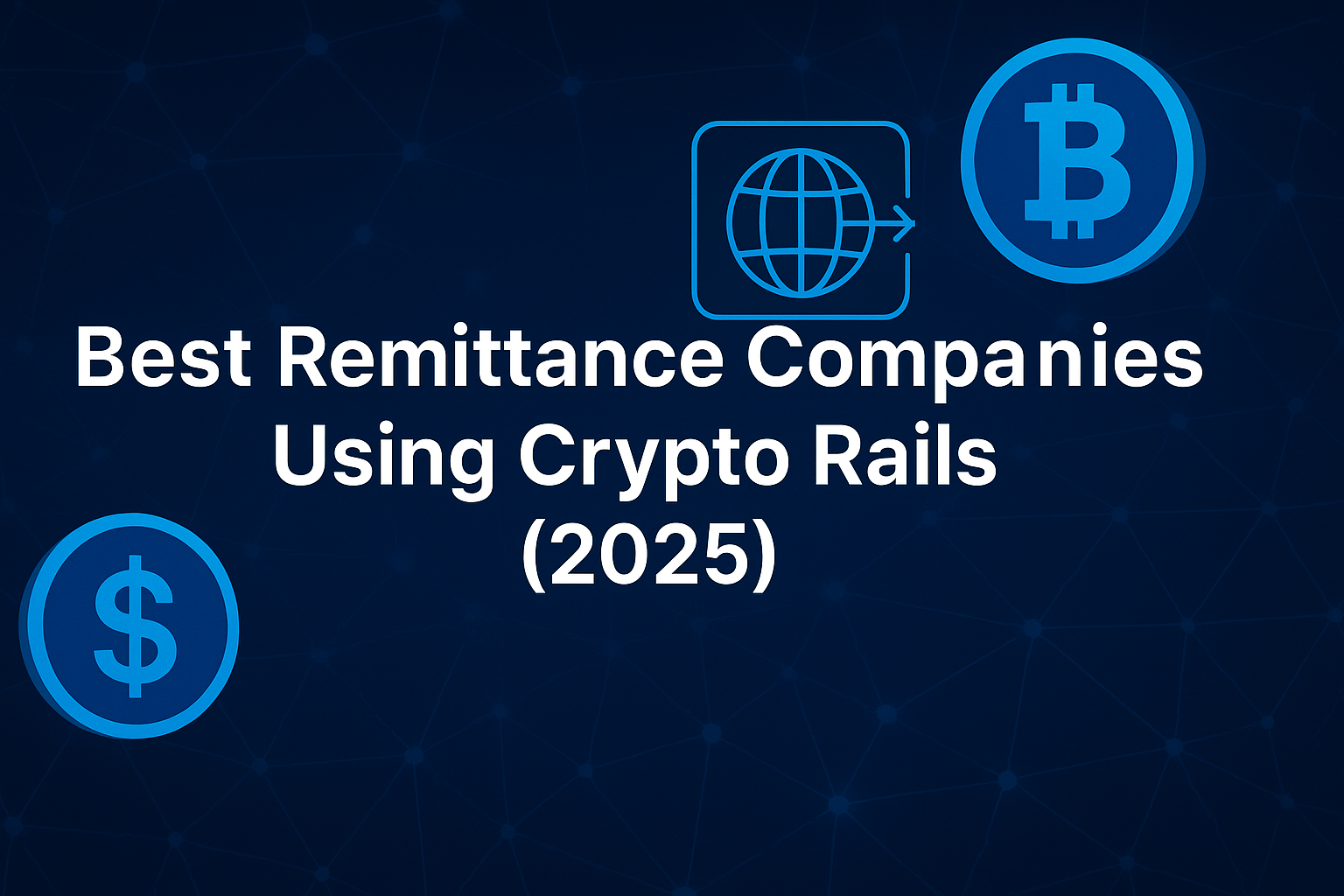
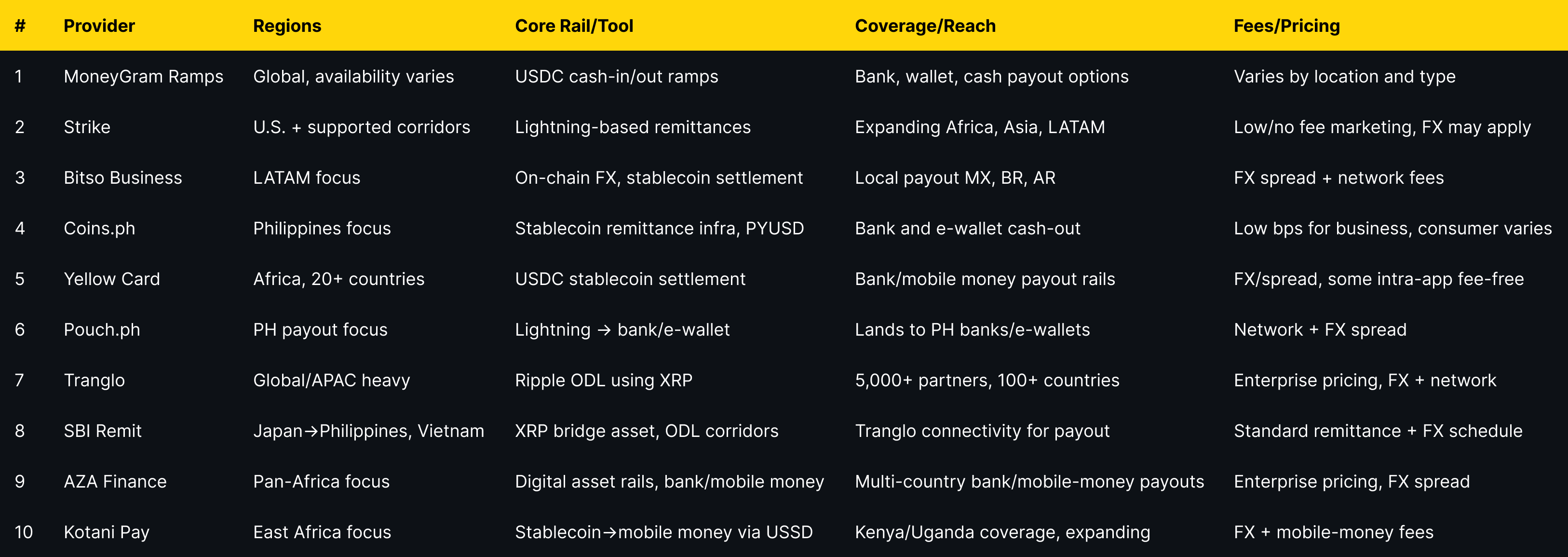
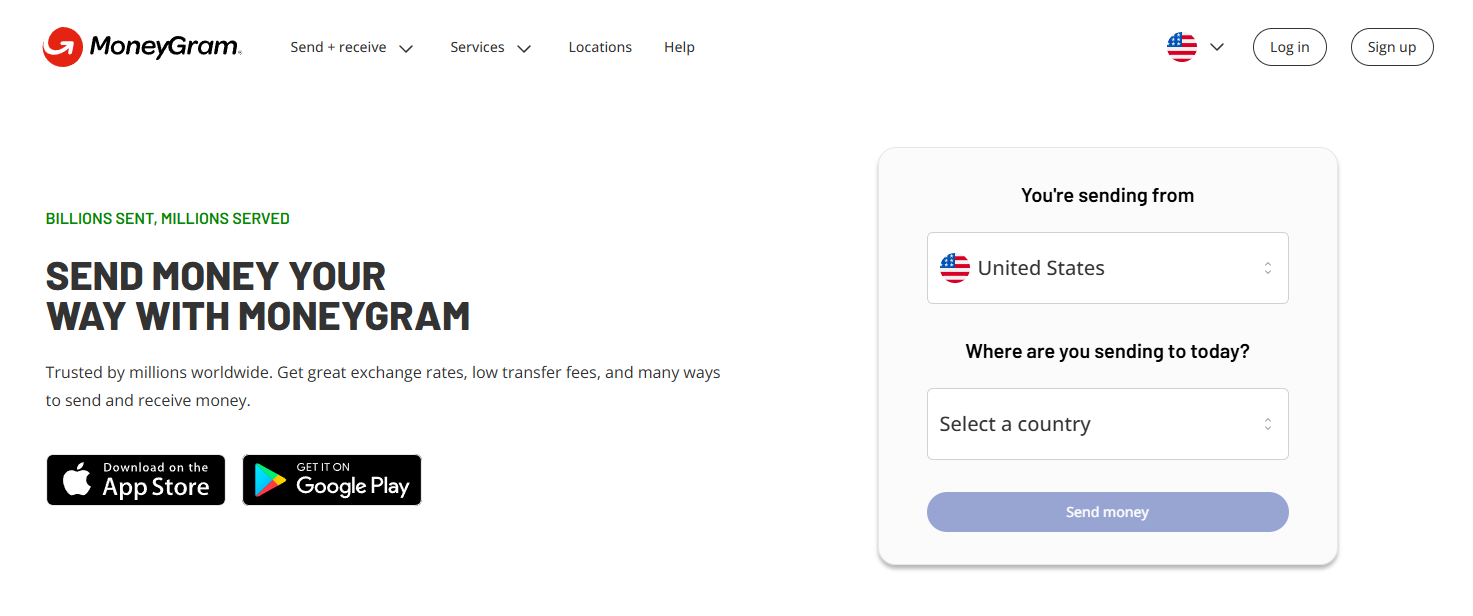



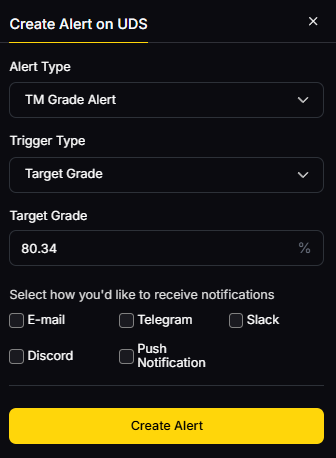

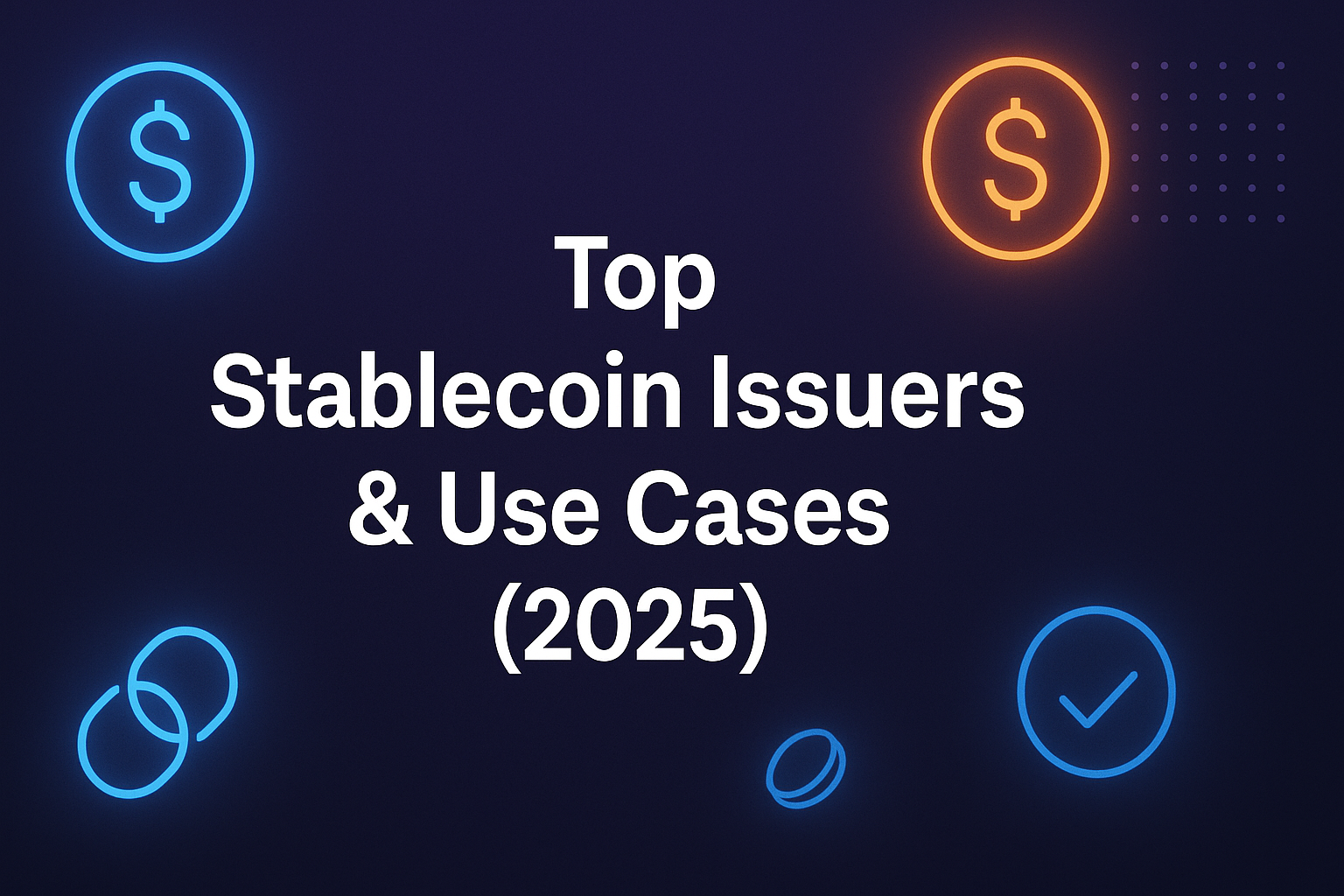

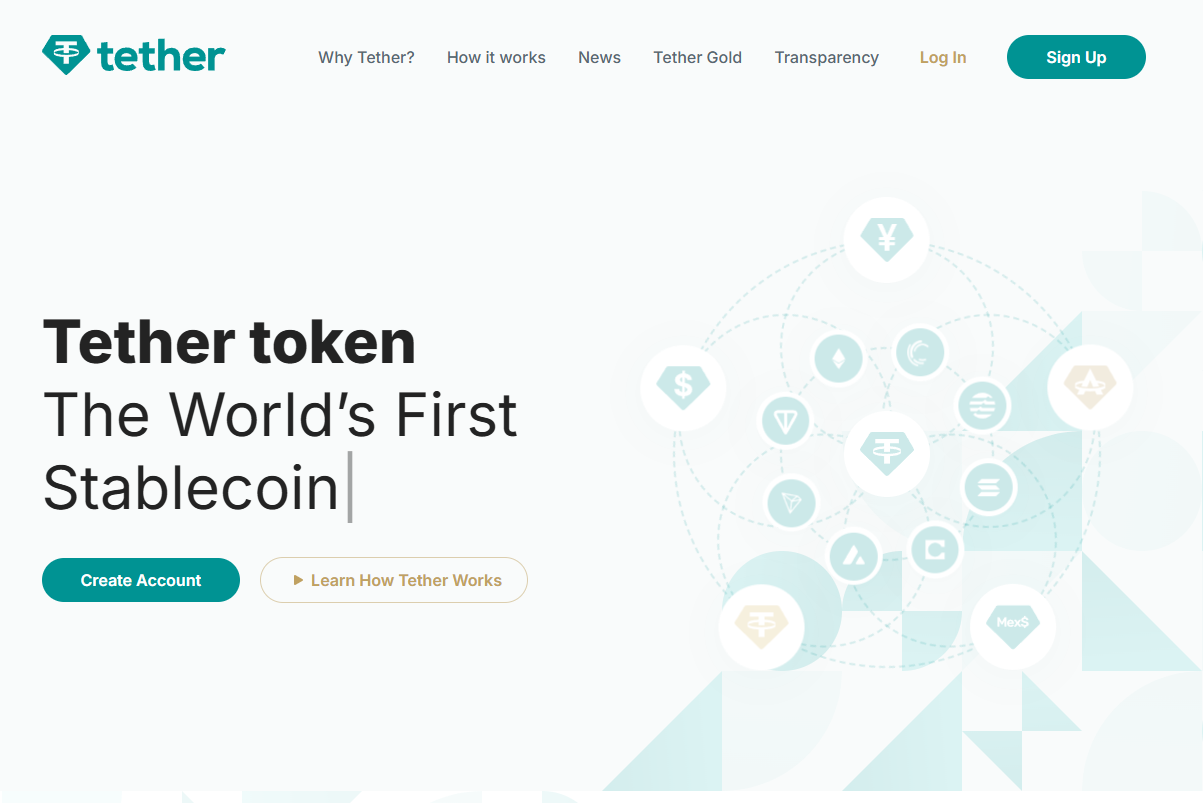
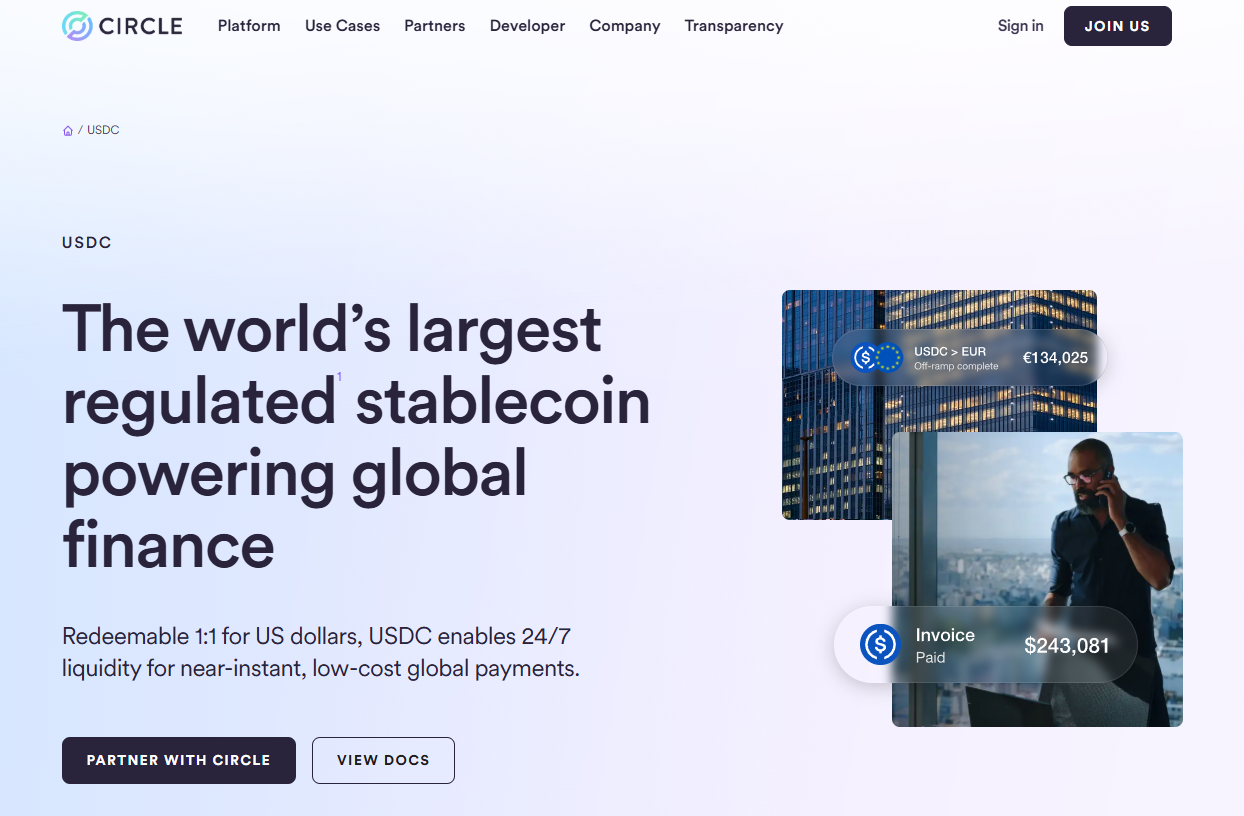


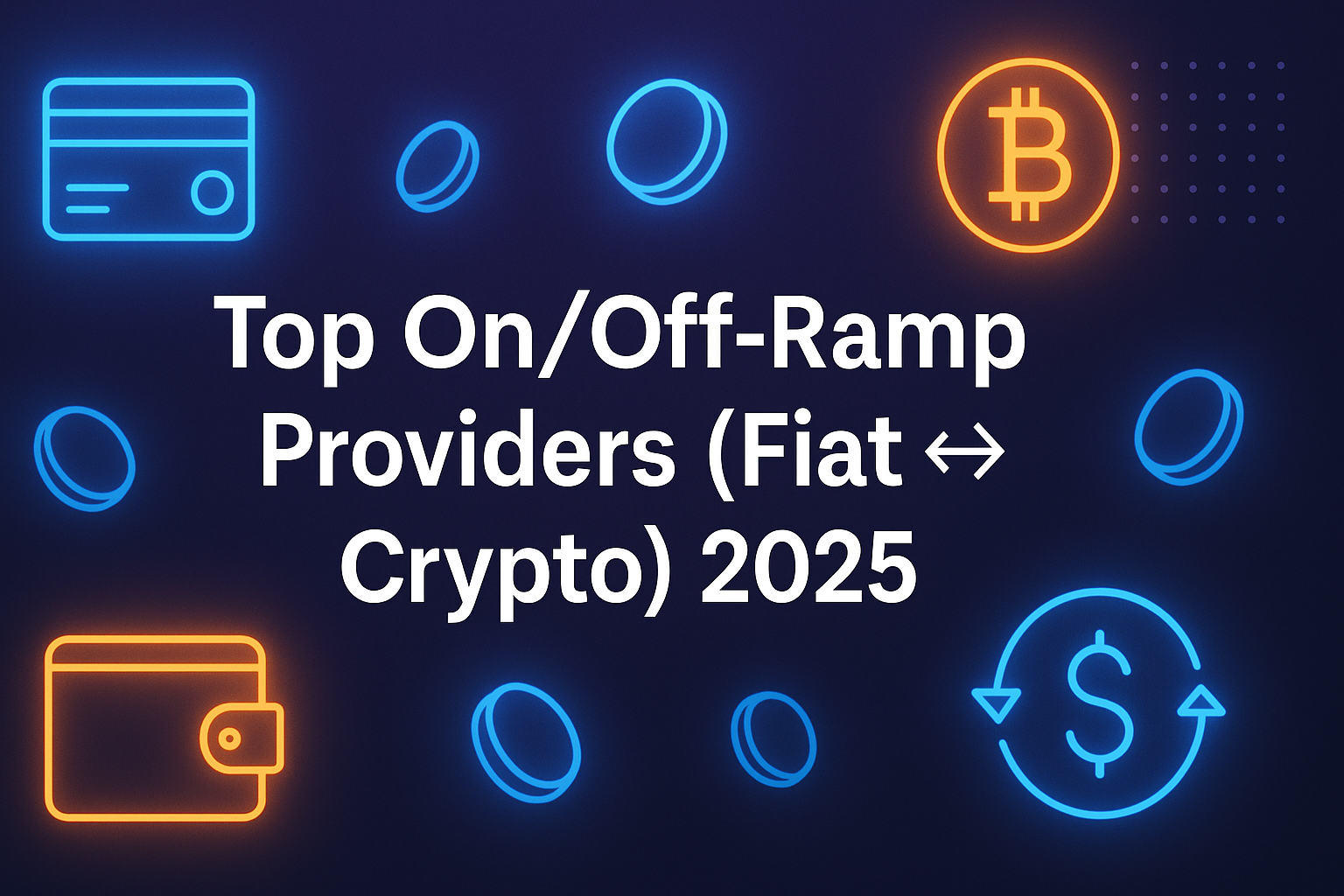

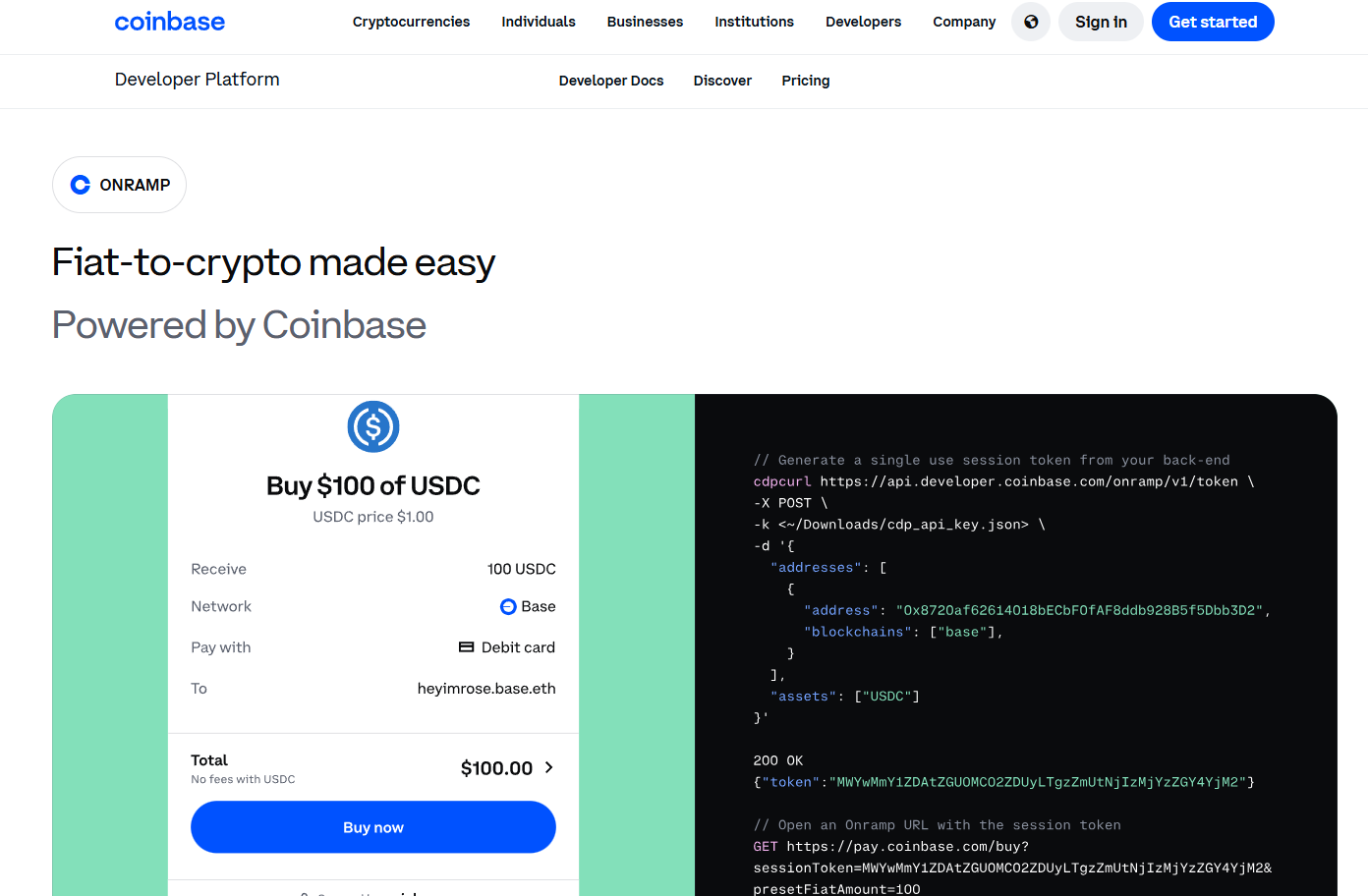
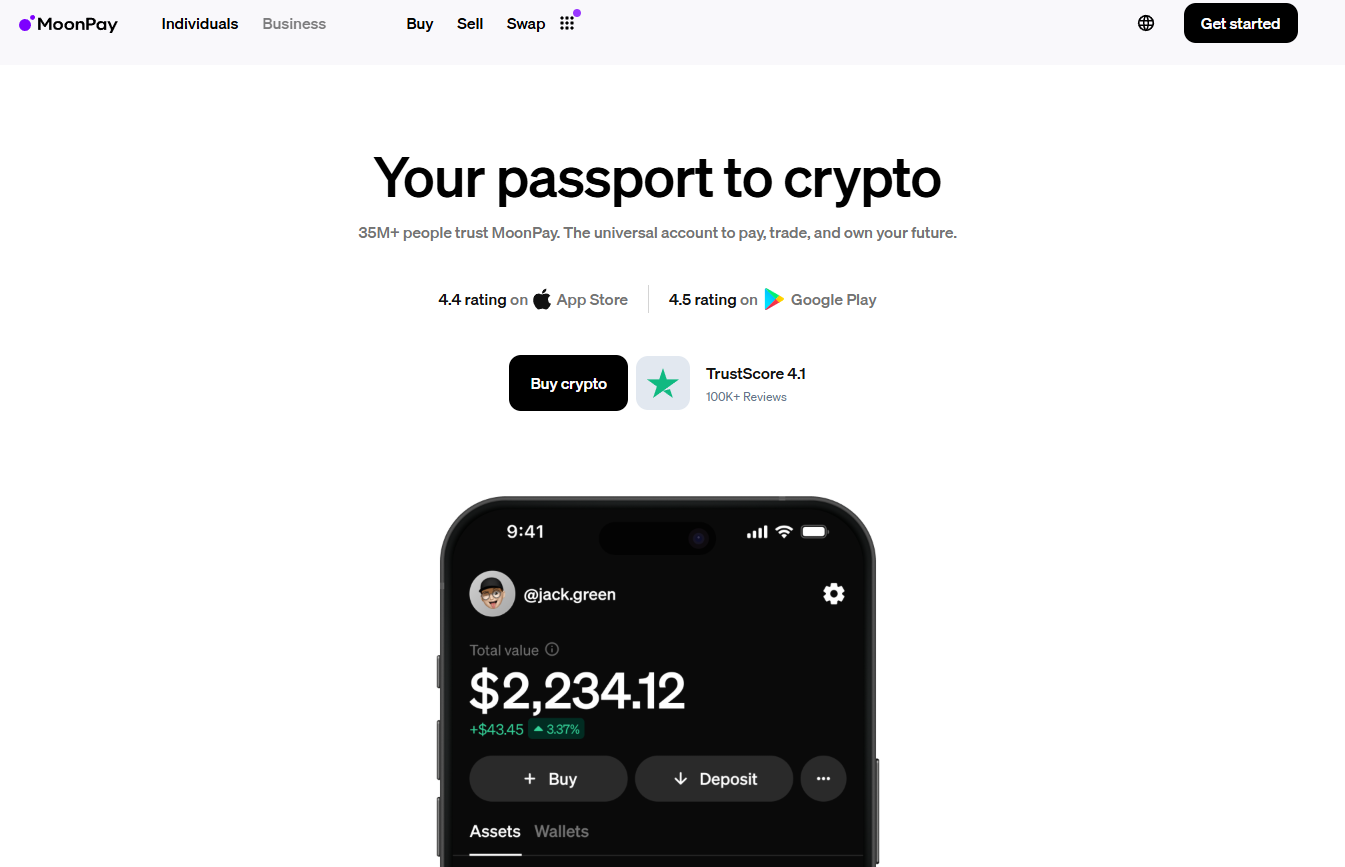
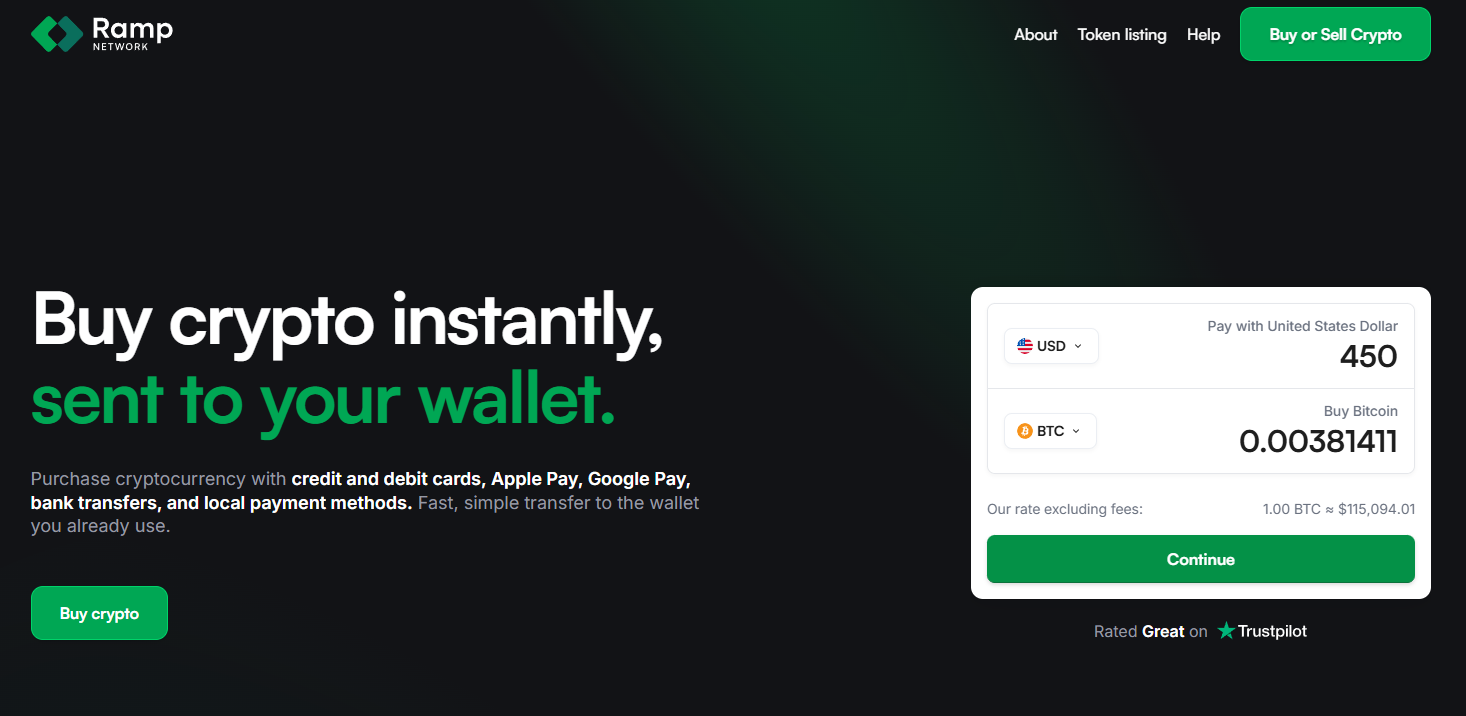
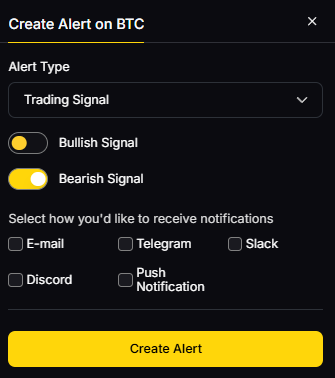



.svg)




.png)